My Favourite Painting: Sir Tim Laurence
Sir Tim Laurence, husband of HRH The Princess Royal, on a haunting Rembrandt portrait.
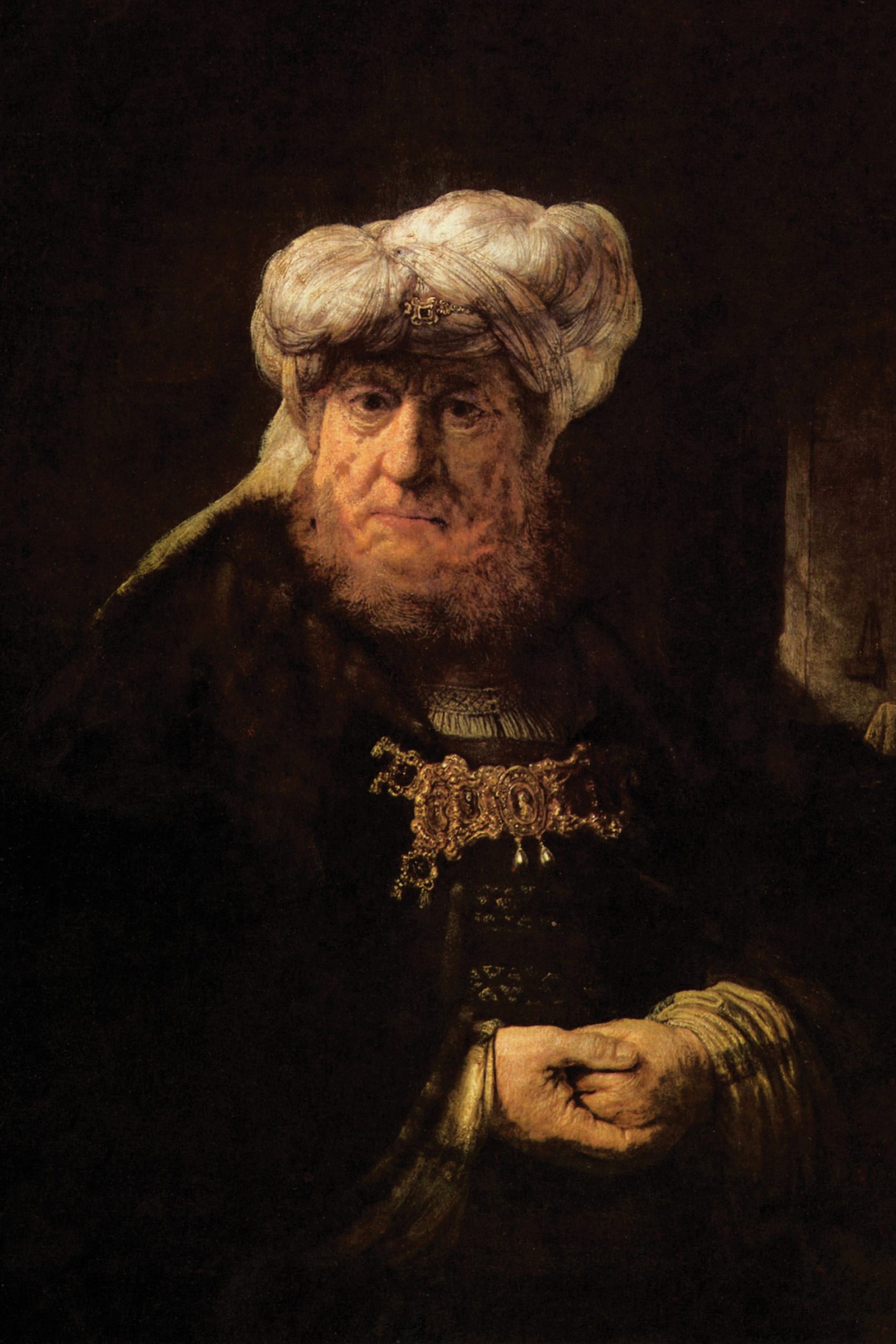

Sir Tim Laurence on A Man in Oriental Costume by Rembrandt van Rijn
‘In 1981, sailors from HMS Sheffield were visiting sites in and near their home city. I drew Chatsworth: the park, gardens and setting appealed to me most. In those days, interiors and works of art meant less to me. But I suddenly caught sight of a strangely clad figure looking intently at me.
‘After a double take, I realised it wasn’t human; it was a painting — and such a brilliant painting at that. It introduced me to the genius of great art. English Heritage’s Rembrandt self-portrait at Kenwood is equally superb, but that damascene moment at Chatsworth will always stay with me.’
Sir Tim Laurence is chairman of English Heritage
John McEwen on A Man in Oriental Costume
It is said that, if ever an artist was born in the right place at the right time, it was Rembrandt. His birth coincided with the flowering of the recently formed Dutch Republic’s golden age, which was based on Dutch domination of world trade. The traditional markets of Baltic grain and North Sea fish were combined with a naval and mercantile strength that controlled the Mediterranean and New World trade routes; to these was added the new Asiatic trade via the Dutch East India Company. Market power was centred on the unrivalled banking house and stock exchange of Amsterdam. Together with bulk goods, there was a rich trade in luxuries, exported and imported, to which this portrait bore witness.
It was painted at the height of Rembrandt’s artistic output. Having learned his trade, including etching, in his hometown of Leiden, the second city of the Netherlands that was renowned for its Protestant university, which he briefly attended, he moved to Amsterdam in 1631. He joined the city’s Guild of St Luke, established a burgeoning workshop and was quickly recognised as the leading painter, not least with portraits of Amsterdammers of all religious persuasions.
Trade brought foreign merchants to the city and encouraged exotic dress among their Dutch equivalents. With art a consumer luxury, artists, too, boasted success with trappings of wealth. Rembrandt himself enjoyed dressing up and had a lifelong taste for eye-catching headgear. This unknown sitter, his turban pinned with an aigrette or pin decorated with a tuft of ornamental bird feathers, is sometimes catalogued ‘Rembrandt van Rijn and workshop (probably Govaert Flinck)’.
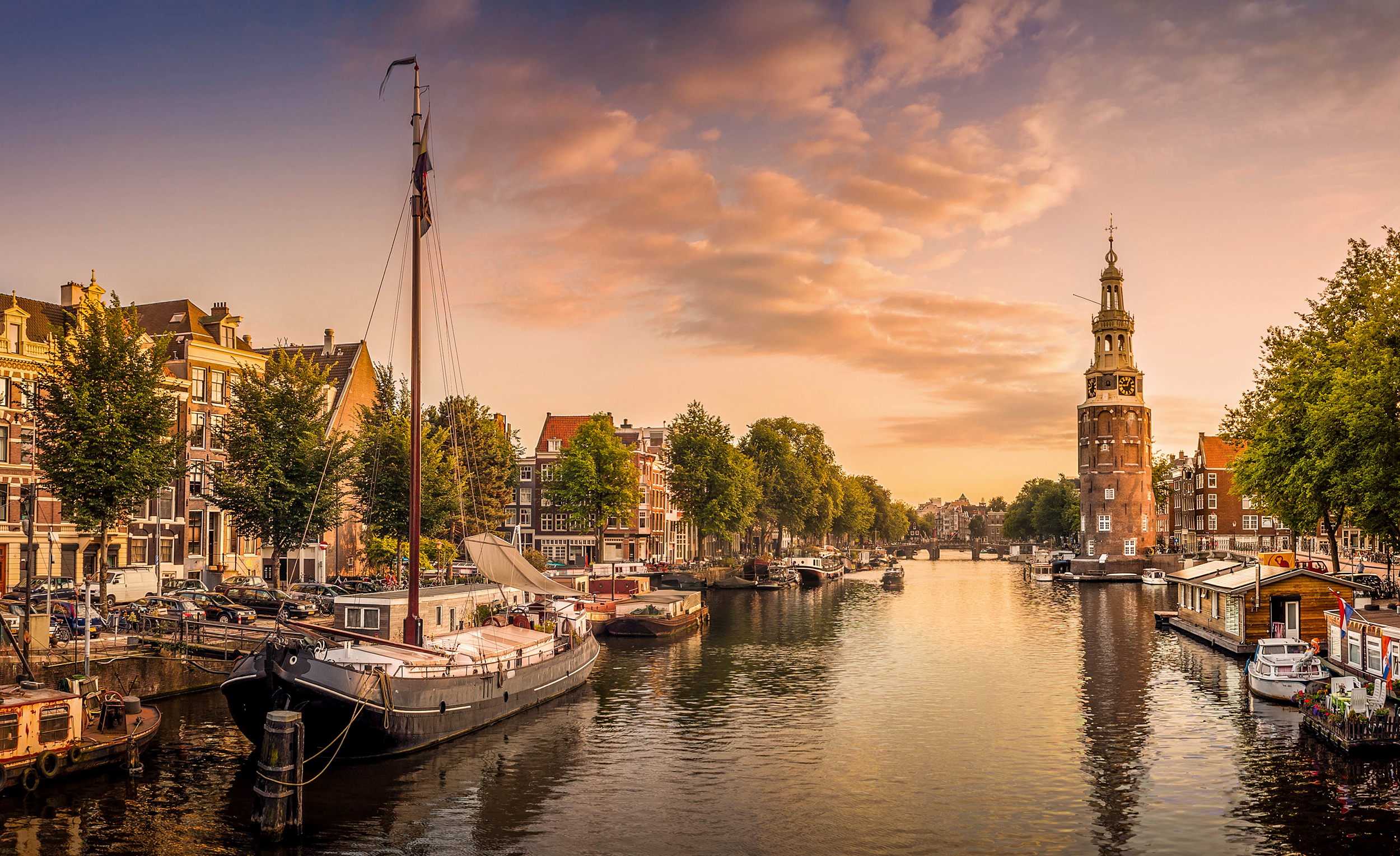
A weekend in Amsterdam: Rembrandt, the Resistance and Raymond Blanc en route
Getting to spend a weekend in Amsterdam is as simple as hopping on the train then sitting back to enjoy,
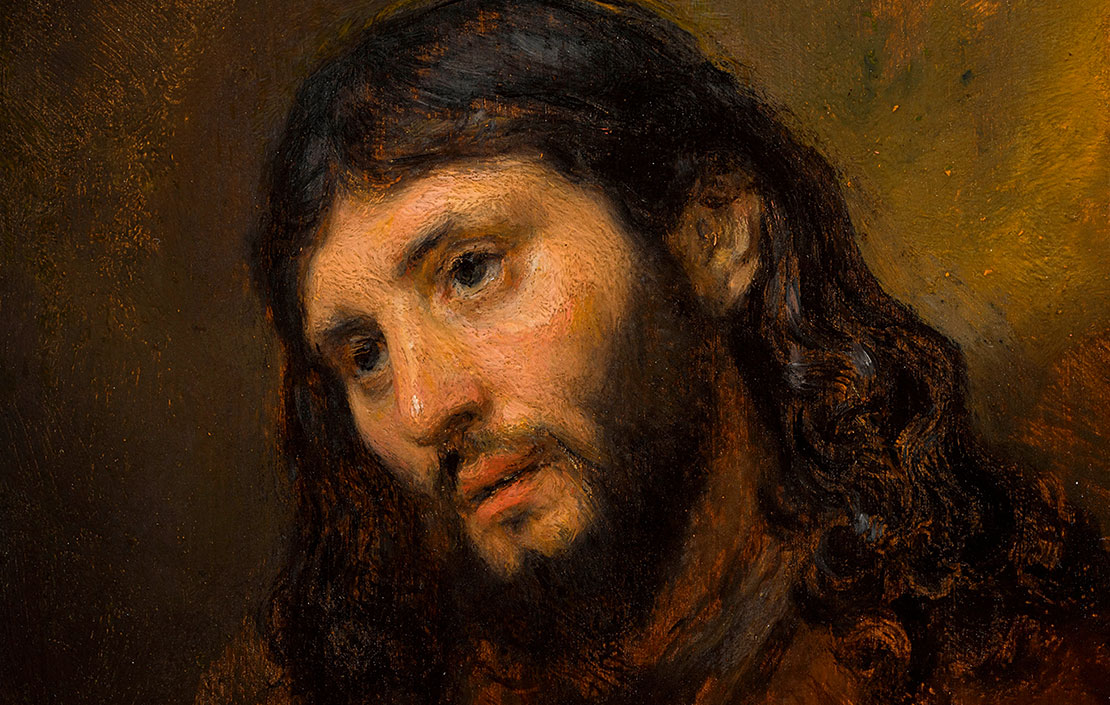
In Focus: The Rembrandt portrayal of Christ which contains the fingerprints of the great master himself
A wonderful Rembrandt that went under the hammer recently contains a fascinating imprint of its creator, as Huon Mallalieu reports.
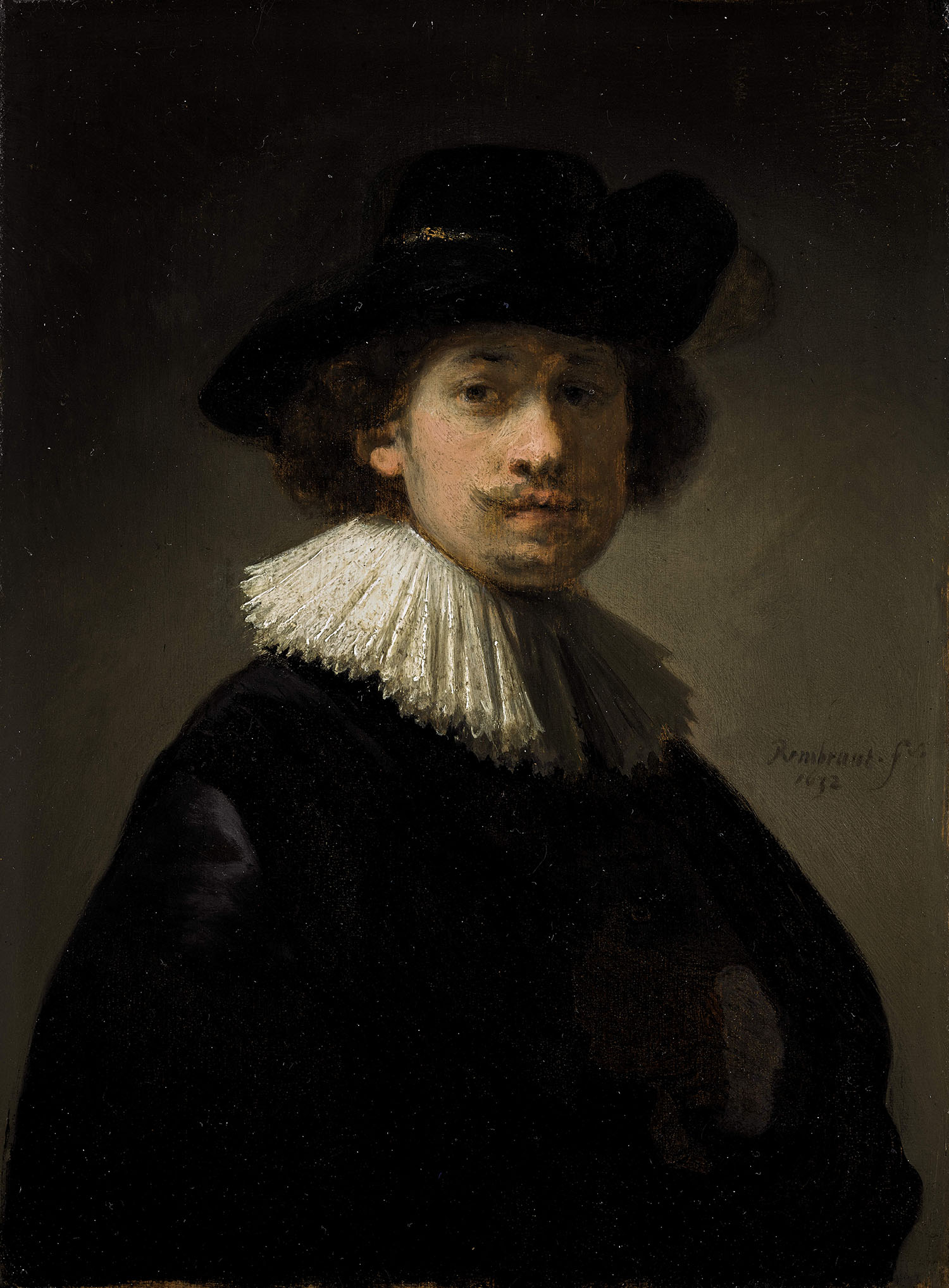
In Focus: The tiny Rembrandt which soared from £650 to almost £15 million in the space of our expert's career
Huon Mallalieu reports back from a novel Sotheby's online sale where he runs in to an old friend up for
Sign up for the Country Life Newsletter
Exquisite houses, the beauty of Nature, and how to get the most from your life, straight to your inbox.
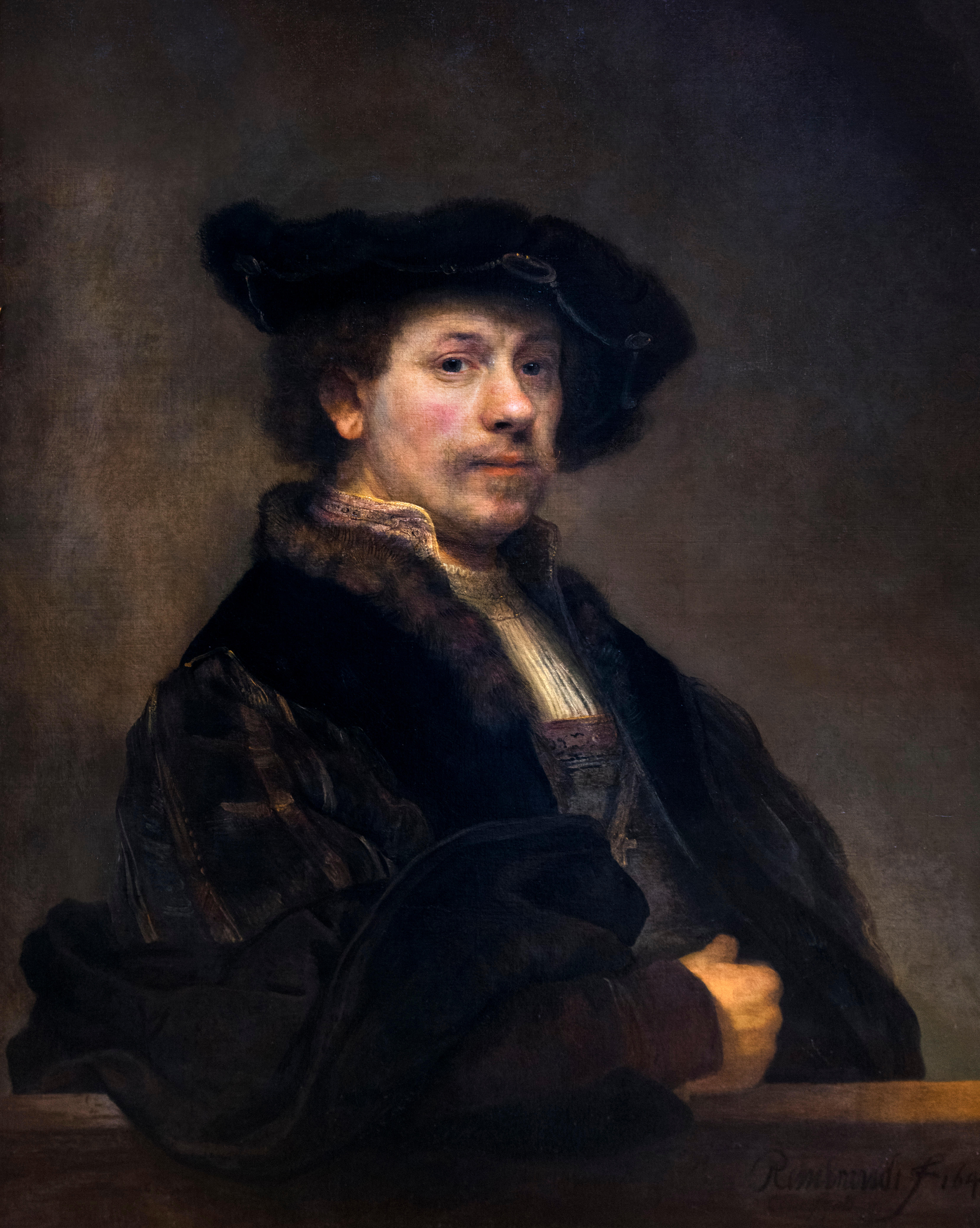
In Focus: How Rembrandt’s self-portraits were masterpieces of art, experimentation – and even marketing
Rembrandt painted more self-portraits than any painter who came before him. But why? And what do they tell us about
Country Life is unlike any other magazine: the only glossy weekly on the newsstand and the only magazine that has been guest-edited by HRH The King not once, but twice. It is a celebration of modern rural life and all its diverse joys and pleasures — that was first published in Queen Victoria's Diamond Jubilee year. Our eclectic mixture of witty and informative content — from the most up-to-date property news and commentary and a coveted glimpse inside some of the UK's best houses and gardens, to gardening, the arts and interior design, written by experts in their field — still cannot be found in print or online, anywhere else.
-
 Six rural properties with space, charm and endless views, as seen in Country Life
Six rural properties with space, charm and endless views, as seen in Country LifeWe take a look at some of the best houses to come to the market via Country Life in the past week.
By Toby Keel
-
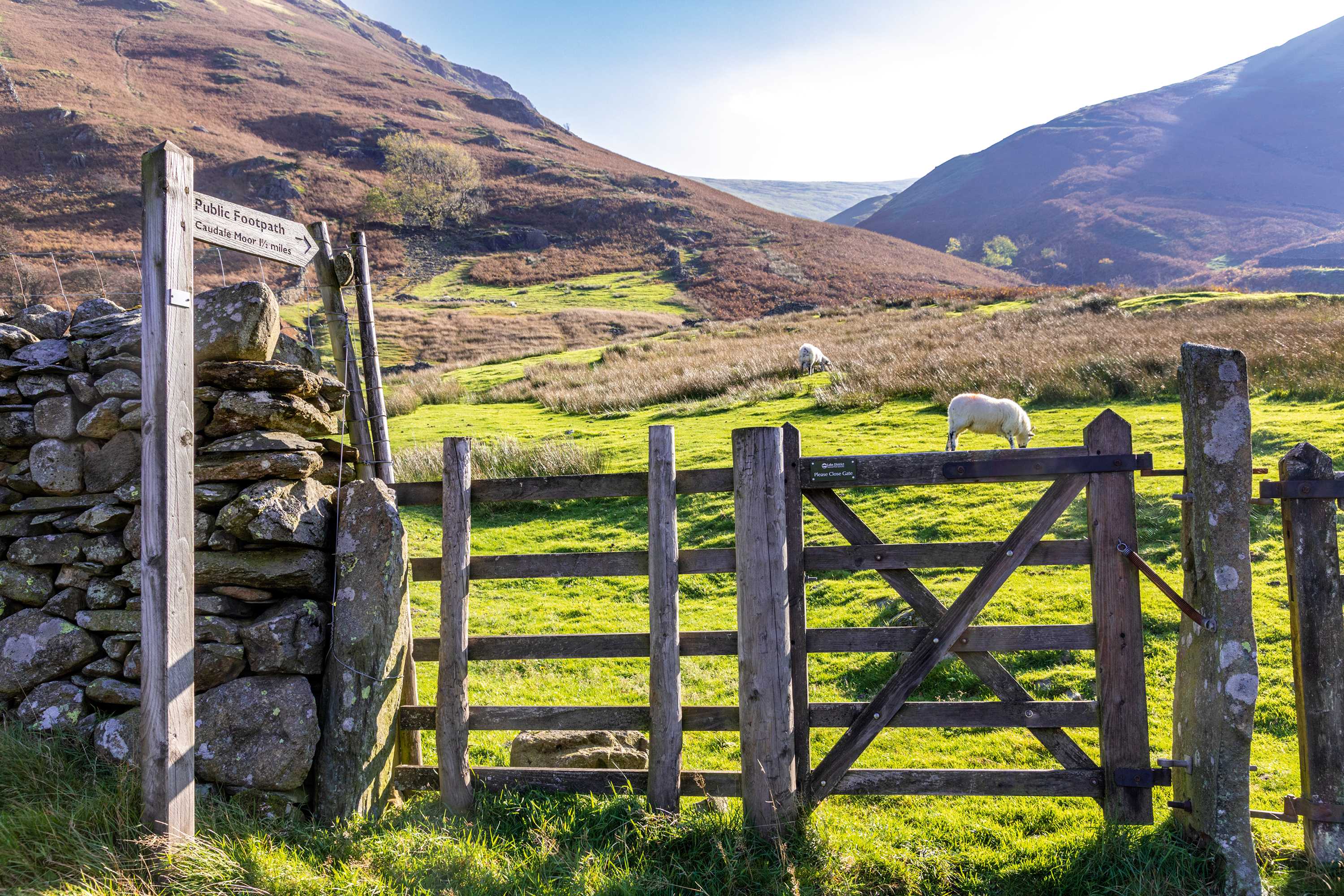 Exploring the countryside is essential for our wellbeing, but Right to Roam is going backwards
Exploring the countryside is essential for our wellbeing, but Right to Roam is going backwardsCampaigners in England often point to Scotland as an example of how brilliantly Right to Roam works, but it's not all it's cracked up to be, says Patrick Galbraith.
By Patrick Galbraith
-
 'As a child I wanted to snuggle up with the dogs and be part of it': Alexia Robinson chooses her favourite painting
'As a child I wanted to snuggle up with the dogs and be part of it': Alexia Robinson chooses her favourite paintingAlexia Robinson, founder of Love British Food, chooses an Edwin Landseer classic.
By Charlotte Mullins
-
 The Pre-Raphaelite painter who swapped 'willowy, nubile women' for stained glass — and created some of the best examples in Britain
The Pre-Raphaelite painter who swapped 'willowy, nubile women' for stained glass — and created some of the best examples in BritainThe painter Edward Burne-Jones turned from paint to glass for much of his career. James Hughes, director of the Victorian Society, chooses a glass masterpiece by Burne-Jones as his favourite 'painting'.
By Charlotte Mullins
-
 'I can’t look away. I’m captivated': The painter who takes years over each portrait, with the only guarantee being that it won't look like the subject
'I can’t look away. I’m captivated': The painter who takes years over each portrait, with the only guarantee being that it won't look like the subjectFor Country Life's My Favourite Painting slot, the writer Emily Howes chooses a work by a daring and challenging artist: Frank Auerbach.
By Toby Keel
-
 My Favourite Painting: Rob Houchen
My Favourite Painting: Rob HouchenThe actor Rob Houchen chooses a bold and challenging Egon Schiele work.
By Charlotte Mullins
-
 My Favourite Painting: Jeremy Clarkson
My Favourite Painting: Jeremy Clarkson'That's why this is my favourite painting. Because it invites you to imagine'
By Charlotte Mullins
-
 The chair of the National Gallery names his favourite from among the 2,300 masterpieces — and it will come as a bit of a shock
The chair of the National Gallery names his favourite from among the 2,300 masterpieces — and it will come as a bit of a shockAs the National Gallery turns 200, the chair of its board of trustees, John Booth, chooses his favourite painting.
By Toby Keel
-
 'A wonderful reminder of what the countryside could and should be': The 200-year-old watercolour of a world fast disappearing
'A wonderful reminder of what the countryside could and should be': The 200-year-old watercolour of a world fast disappearingChristopher Price of the Rare Breed Survival Trust on the bucolic beauty of The Magic Apple Tree by Samuel Palmer, which he nominates as his favourite painting.
By Charlotte Mullins
-
 My favourite painting: Andrew Graham-Dixon
My favourite painting: Andrew Graham-Dixon'Lesson Number One: it’s the pictures that baffle and tantalise you that stay in the mind forever .'
By Country Life